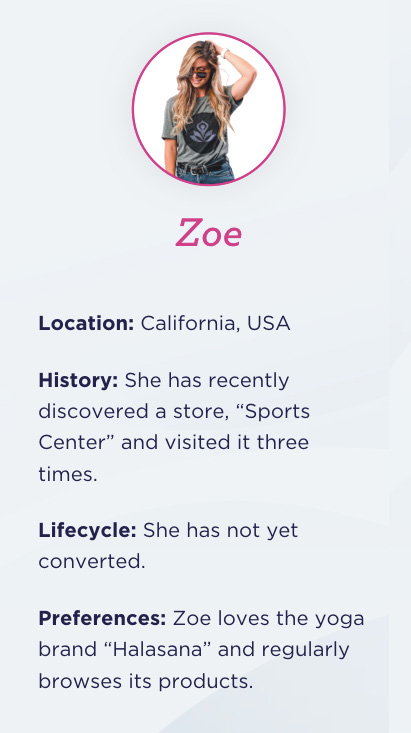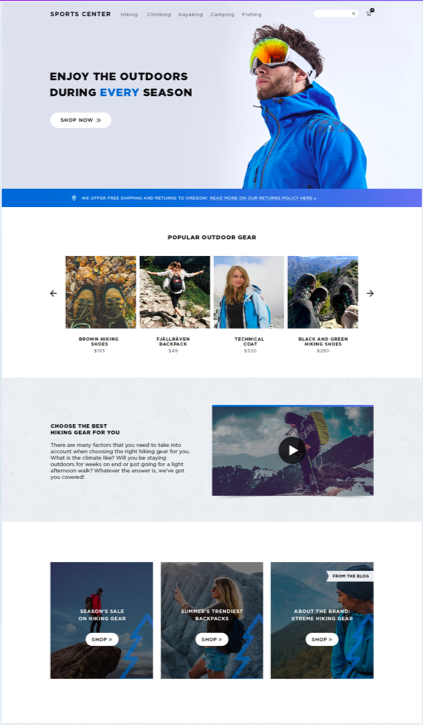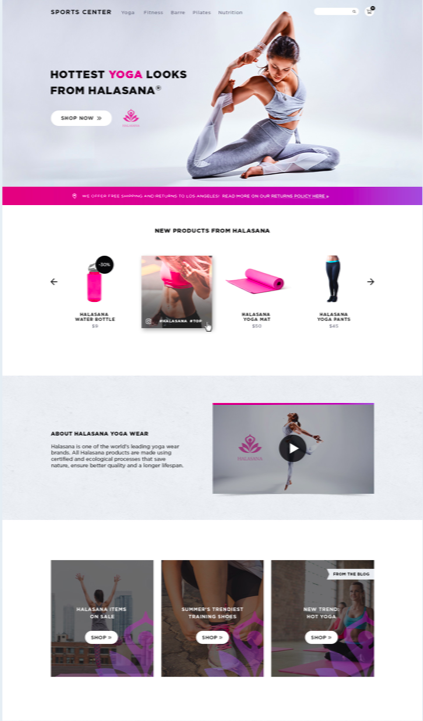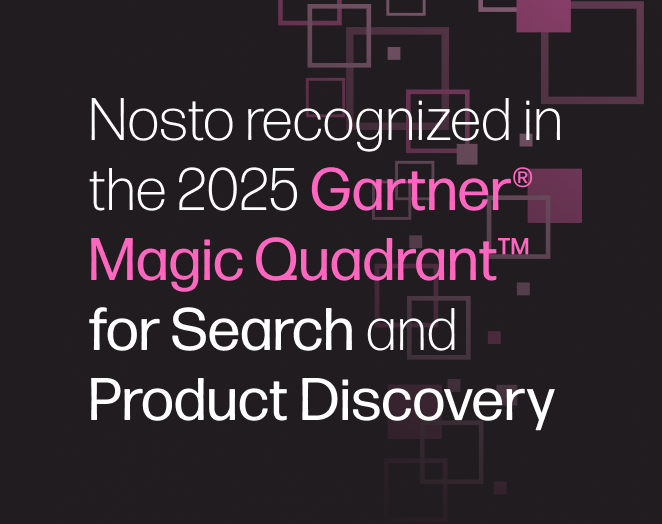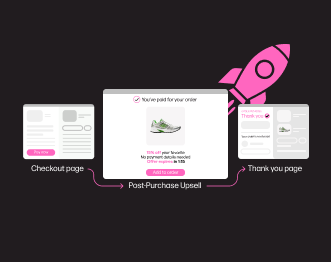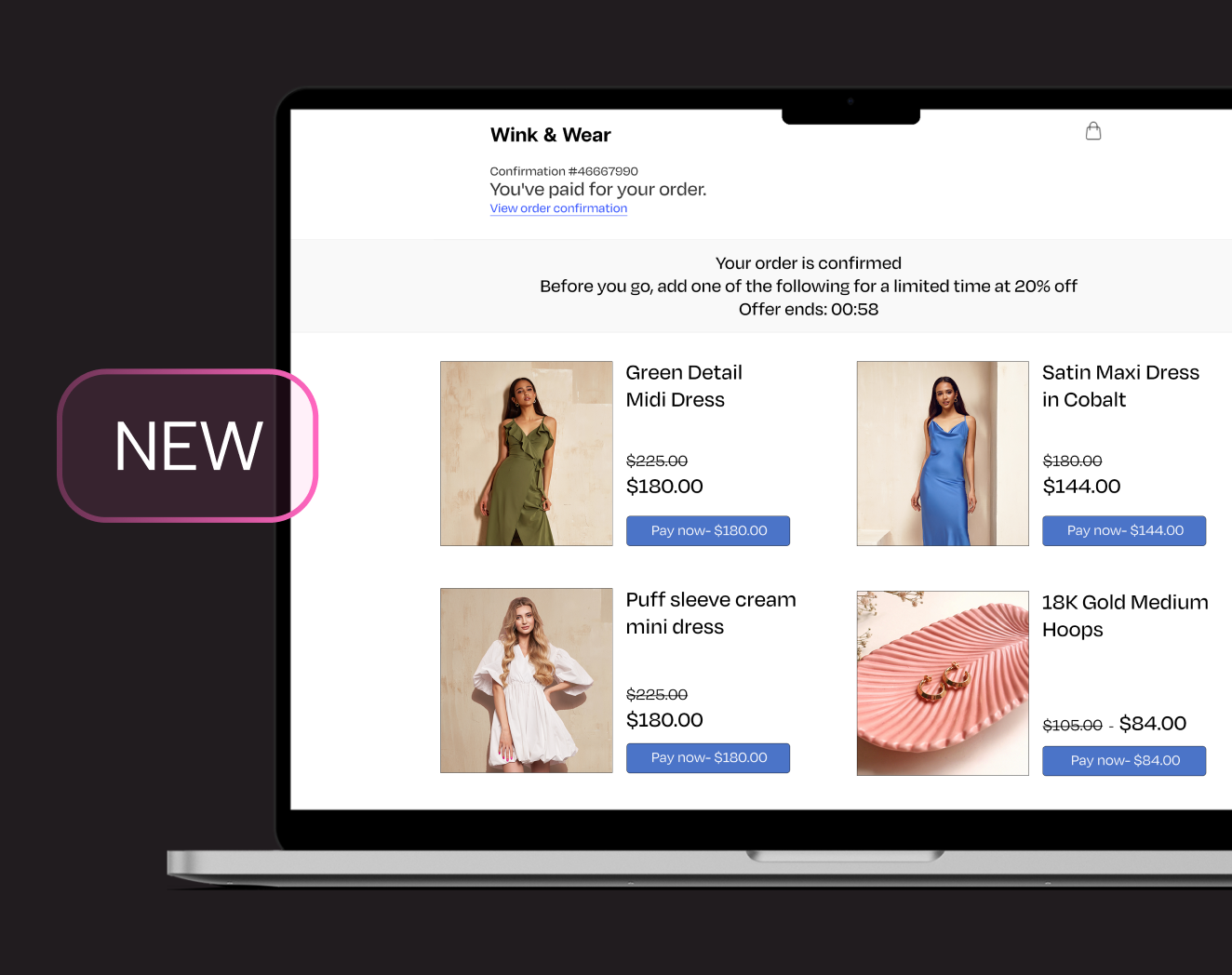The 6 Layers of an Ecommerce Customer Persona
In this article, learn the 6 steps the world’s top online brands take to build out an ecommerce customer persona that increases onsite personalization.
The old adage ‘Knowledge is power’ is especially true in online marketing. A useful strategy in gathering the knowledge and data you have and making it actionable is by creating ecommerce customer personas. Use these personas to meaningfully segment your customers and gain better insights into their perspectives, what motivates them to shop and what you, as a brand, should do to cater to those unique preferences.
Starting Out with Ecommerce Customer Personas
A buyer or customer persona is essentially a fictitious profile of customer, which represents an important segment. Customer personas are tools used to better understand your target audience, to fine-tune marketing campaigns, and to increase ecommerce personalization.
Think of your buyer personas as living, breathing documents: as your company changes, so should the way you approach certain customers. Make sure when creating these customer profiles that you give them meaningful names so that you can differentiate; brands often give each persona a real name to treat them as real-life customer scenarios.
Ecommerce customer personas shouldn’t be built solely around gut feelings. Much like other aspects of an effective marketing strategy, they should be based on data– both quantitative and qualitative.
Quantitive data includes:
- Behavioral & transactional data
- Analytics
- Surveys
Qualitative data comes from:
- Discussions with customers
- Customer interviews
- Common customer service inquiries
Demographics
You can easily pull the demographic data from Google Analytics, if you have it installed. The demographic data should be useful in creating the base for your various buyer personas. Depending on what the retailer sells, different demographic information may be more or less relevant, but these are a few factors every ecommerce retailer should consider:
- Age and gender identity
- Location
- Income
- Job title and industry
- Interests
While Google Analytics can provide you with the basic info, you can utilize cutting-edge segmentation capabilities to delve deeper into customers’ brand loyalties and product preferences. Use machine learning to understand shoppers’ customer journeys and how each element on your website affects different segments’ shopping decisions.
Putting Personas to Use
Once you’ve gathered the data, you can start to segment and create personas to represent those segments. You can use these personas to optimize almost every aspect of the customer experience. Here are just a couple of examples:
- Special home pages for returning visitors from segments with different interests
- Content personalization highlighting different payment options for segments that are more price-sensitive
- Facebook Ads based on segments’ gender, age, and brand/product preferences
To illustrate just how advantageous segmentation can be, let’s look at these two ecommerce persona examples and how a smart retailer would personalize her ecommerce site to cater to them:
As you can see, they’re quite different personas and as such, the customer segments these personas represent should receive very unique experiences.
These ecommerce personas receive completely unique shopping experiences:
- Logos and banners reflect Zack and Zoe’s different brand preferences.
- Product recommendations highlight the best selling products for their respective interests.
- Videos and blogs show the most relevant, engaging content for each.
- Even the navigation bar has been altered, giving priority to the categories most interesting to each.
READ MORE: Learn how British luxury brand dunhill used onsite content personalization and segmentation to create unique experiences depending on shoppers’ interest in its new collection release.
Personas as the Foundation of Marketing and Product Strategies
Once you’ve created your ecommerce personas, it’s time to try to truly understand them and how they tick. By understanding your customers, not only can you deliver personalized ecommerce experiences with much high conversion rates, you can revolutionize your entire marketing and product strategies. To get started, it can be helpful to pose a few questions to yourself so you can better put yourself in their shoes.
- What are their needs and wants?
- What are their goals and hopes?
- How does your product fit into fulfilling these needs and goals?
- What objections might a potential customer have against my brand or products?
Using these questions, you can form a more complete picture of your personas. These personas can then be the foundation for creating a customer based strategy. What do your buyer personas truly need and look for from you? And in what ways is your brand exceeding customer expectations and how can it improve?
This brings us to the next topic: triggers.
Identifying Consumer Triggers
One of the key purposes of developing personas is being able to understand your shoppers’ emotional triggers, so that you can influence them and encourage your audience into your shop.
Triggers can be sorted into three categories: internal, external, and seasonal.
Internal triggers are often Pavlovian and relate to the customer’s own thoughts and feelings. A few internal triggers include:
- Aspirations
- Insecurities & Fears
- Stressors
- Status
For example: A man, after deciding to start dating again, decides to invest in new wardrobe to feel more confident when meeting women.
External triggers relate to the events outside the shopper’s control, such as:
- Property breaking down
- Obstacles
- Other people’s expectations
- Life changes
Seasonal triggers are often regular, but otherwise predictable events, such as:
- Holidays
- Changes of seasons
- Birthdays
- Interest or profession related seasons
For example: It’s almost Autumn and your favorite football team just changed their mascot, so now you need to buy all new gear for when you go to the games.
Knowing and understanding your personas’ triggers can help you to supercharge your campaigns. Whether it’s using the right influencers to persuade your younger personas or offering a special discount for customers’ birthdays, there are so many possibilities.
Key Takeaways
When approaching your strategy to create ecommerce customer personas, don’t forget the following:
- Personas are a powerful methodology for creating meaningful segments and understanding how to best speak to your target audiences.
- Use qualitative, quantitative, and demographic data in creating your personas.
- Different personas demand different treatment! Optimize your sales using content personalization to cater to specific segments.
- Utilize emotional triggers to encourage shoppers into your webshop.


